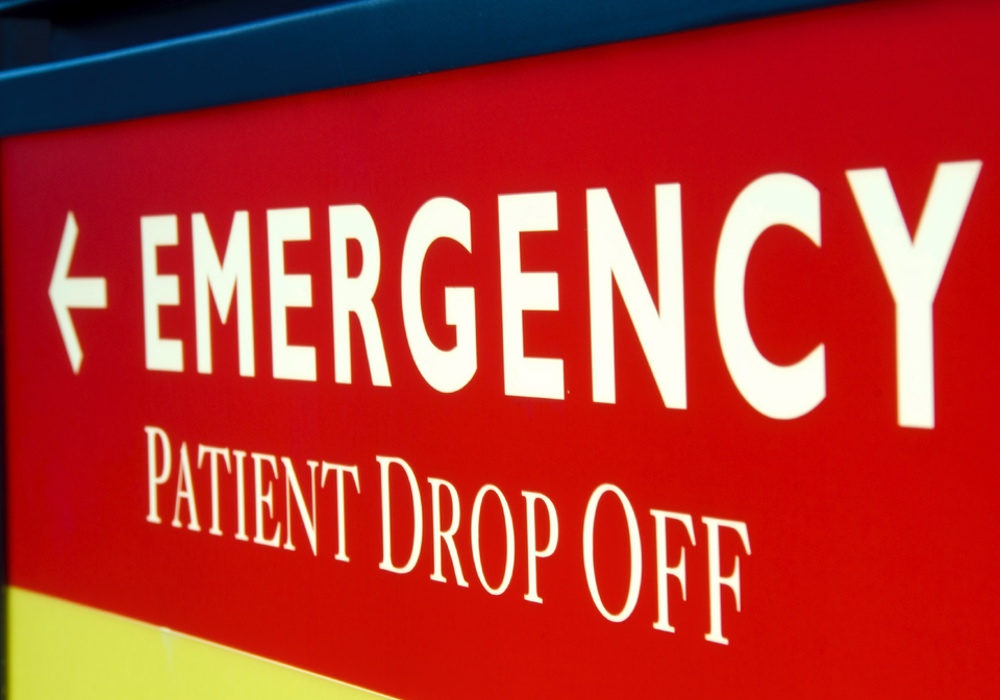Hospital emergency rooms commonly bill patients more for the same medical procedure than doctors elsewhere in the hospital do. A recent study has found that this is especially true of hospitals serving large numbers of uninsured patients. Since ER patients tend to be poor and uninsured to begin with, this policy places an additional financial burden on the poor.
It wasn't always like this.
Hospitals have wide latitude in how they set their charges, and in the 1950s, the poor and uninsured were often charged the lowest prices by doctors and hospitals. Yet by 2004, many uninsured and other “self-pay” patients were often facing medical bills that were more than twice what most public and private health insurers actually pay. In just 50 years, the mindset had switched from having the rich subsidize the poor to having the poor subsidize the rich. The 2007 study also found that since 1984 hospital charges have been increasing much more rapidly than their costs.Medicare pays $16 for interpreting an electrocardiogram. General internal medicine doctors charged an average of $62, about four times as much. But hospital emergency rooms charged an average of $95, nearly six times higher.
Leave the emergency room, however, and it's a different story, the researchers found when they did a separate analysis of the billing records of over 57,000 internal medicine doctors from more than 3,600 hospitals from all 50 states. Internal medicine physicians in hospitals charged about half what was billed to emergency room patients, often for the same procedures. Their charges averaged just double the Medicare amount.
For example, Medicare pays $16 for interpreting an electrocardiogram. General internal medicine doctors charged an average of $62, about four times higher. But hospital emergency rooms charged an average of $95, nearly six times as much. For this particular procedure, the ER markup wasn't double that of general medicine doctors, only about 50% higher. But as with most procedures, it was still higher.
Many medical professionals and analysts feel that Medicare habitually shortchanges doctors, and it is often the case that ERs perform more expensive procedures on patients than the scheduled work internal medicine doctors do. But this does not explain why mark-ups for emergency room patients are, on average, double that charged to other hospital patients.
Overall, emergency departments that charged patients the most were more likely to be located in for-profit hospitals in the Southeastern and Midwestern United States and in hospitals that served higher populations of uninsured, African-American and Hispanic patients.
At least 15 states already have laws of varying effectiveness that attempt to protect patients from surprise medical bills. Apparently, more are needed.
The study appears in JAMA Internal Medicine.





